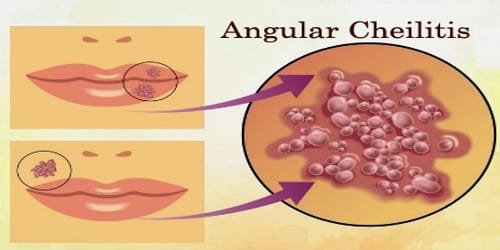The key to the controlled manufacture of cerium oxide mesocrystals has been discovered, according to a research team from KTH Royal Institute of Technology and the Max Planck Institute of Colloids and Interfaces. The study advances nanomaterial tailoring for a variety of applications, including solar cells, fuel catalysts, and even medicine.
Mesocrystals are nanoparticles that have the same size, shape, and crystallographic orientation and can be utilized to generate artificial nanostructures with specific optical, magnetic, or electrical properties.
Coral, sea urchins, and calcite desert rose are examples of three-dimensional structures found in nature. Cerium oxide (CeO2) mesocrystals or nanoceria, which are manufactured artificially, are well-known as catalysts with antioxidant properties that could be valuable in pharmaceutical research.
“To be able to fabricate CeO2 mesocrystals in a controlled way, one needs to understand the formation mechanism of these materials,” says Inna Soroka, a researcher in applied physical chemistry at KTH. She says the team used radiation chemistry to reveal for the first time the ceria mesocrystal formation mechanism.
Because of their complexity, mesocrystal formation differs from that of regular crystals. Instead, smaller particles in solution dissolve and deposit on bigger particles in a process known as Ostwald Ripening.
To be able to fabricate CeO2 mesocrystals in a controlled way, one needs to understand the formation mechanism of these materials.
Inna Soroka
A gel-like, amorphous phase generates a matrix in which initial particles of around 3nm size align with each other, self-assembling into mesocrystals with a diameter of 30nm, according to the researchers.
“If the mesocrystal was a house, this amorphous phase plays the role of the cement that connects the aligned bricks in the walls,” Dr. Soroka says.
They also discovered that mesocrystals can self-organize and produce supracrystals, which can be seen with the naked eye.
“Just as an architect may design not a single house but a whole neighborhood with the houses oriented in a certain way to serve the needs of their inhabitants,” she says.
Supracrystals’ multi-level hierarchical architecture, she argues, is an intriguing concept for future materials design.
“People are fascinated by the variety of structures and complex forms that are found in nature, such as sea urchins and corals. And scientists are interested in how the crystallisation processes work. Our work is a contribution to this understanding.”
















